1974 Saab Sonett III 𝑺𝒘𝒆𝒅𝒆𝒏’𝒔 𝑸𝒖𝒊𝒓𝒌𝒚 𝑺𝒑𝒐𝒓𝒕𝒔 𝑪𝒐𝒖𝒑𝒆 𝑻𝒉𝒂𝒕 𝑫𝒆𝒇𝒊𝒆𝒅 𝑬𝒙𝒑𝒆𝒄𝒕𝒂𝒕𝒊𝒐𝒏𝒔
Discover the 1974 Saab Sonett III, a rare Swedish sports car with bold styling, V4 power, and a cult following. Explore its history, specs, and why it’s still loved by collectors today.
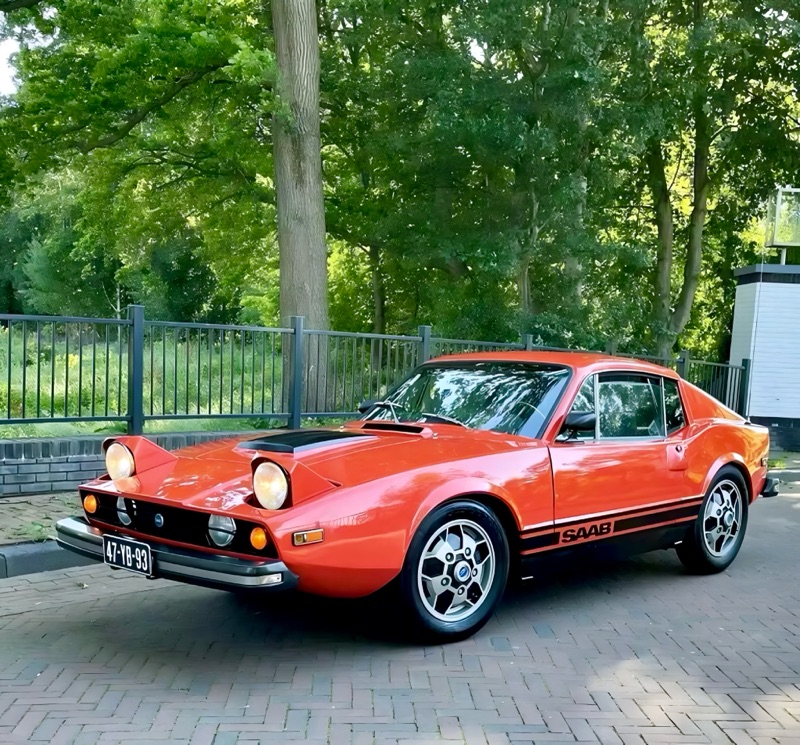
Introduction
When you think of Swedish cars, safety and practicality come to mind—Volvo wagons, Saab turbos, and snowy terrain prowess. But in 1974, Saab offered something wildly different: the Saab Sonett III. A sleek, fiberglass-bodied sports coupe with front-wheel drive and a Ford V4 engine, the Sonett III was a bold move from a company best known for sensible sedans.
In this article, we dive into what made the 1974 Saab Sonett III unique, why it still turns heads today, and what collectors love (and hate) about this rare gem.
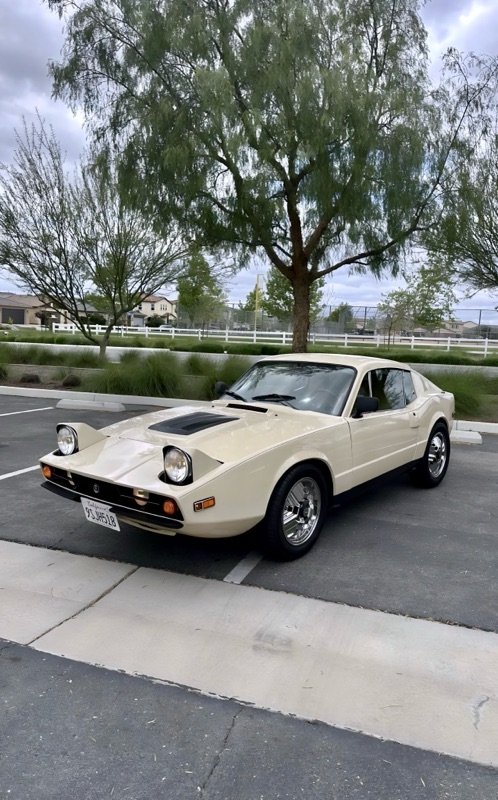
A Brief History of the Saab Sonett
The Sonett story begins in the 1950s as a lightweight race car concept. By the late 1960s, Saab resurrected the name with the Sonett II, and later the more refined Sonett III, introduced in 1970. Designed by Italian-American Sergio Coggiola, the Sonett III offered a sleeker, more modern design while retaining the quirky engineering Saab was known for.
1974: The Penultimate Year
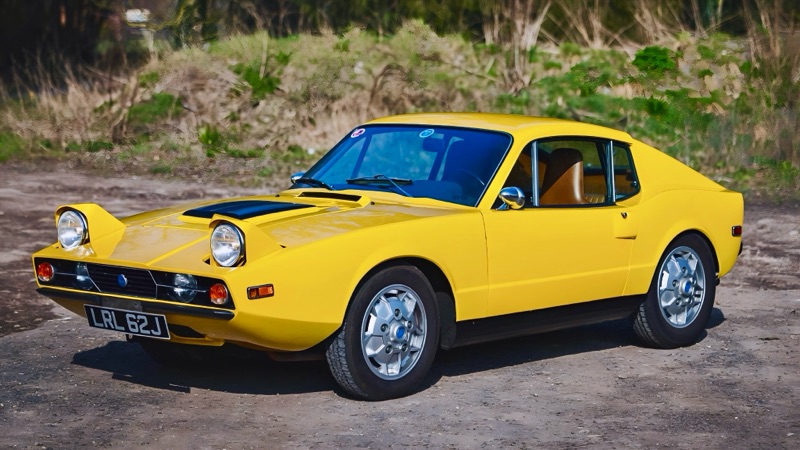
The 1974 Saab Sonett III was part of the final generation before production ceased in 1974 (with a few models sold in early 1975). This model year saw several key updates:
- 5 mph impact bumpers (due to new U.S. safety regulations)
- Minor interior refinements
- Continued use of the 1.7L Ford Taunus V4 engine producing around 65 horsepower
- 4-speed manual transmission
- Curb weight of just 1,950 lbs
Despite the power figures sounding modest, the Sonett III offered spirited handling thanks to its low weight and front-wheel-drive configuration.
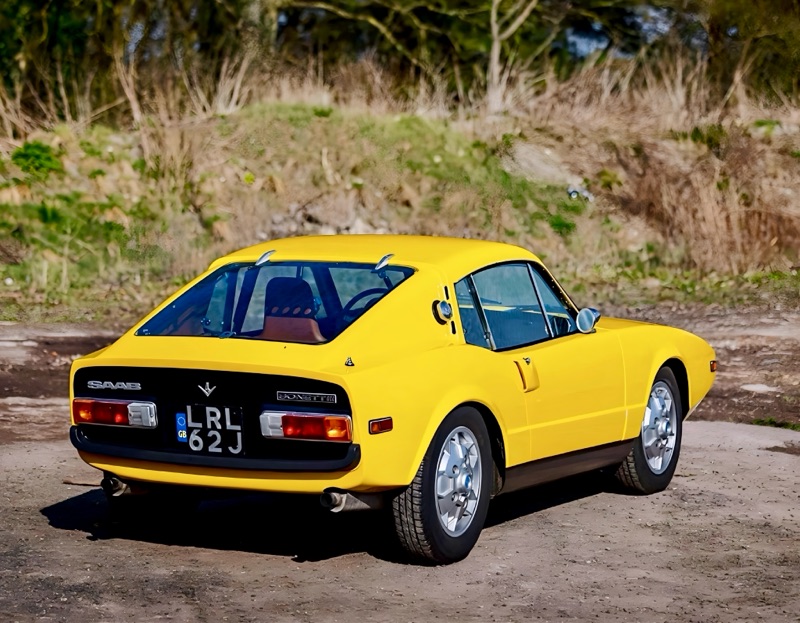
Design That Dared to Be Different
The Sonett III’s design is polarizing. Its long hood, pop-up headlights, and sharply sloped rear made it look like a scaled-down exotic. The fiberglass body kept weight low and resisted rust—a common issue in its time.
Inside, drivers were greeted with a minimalist cockpit with airplane-inspired toggle switches and bucket seats. However, the sloped windshield and cramped interior made visibility and comfort a challenge for taller drivers.
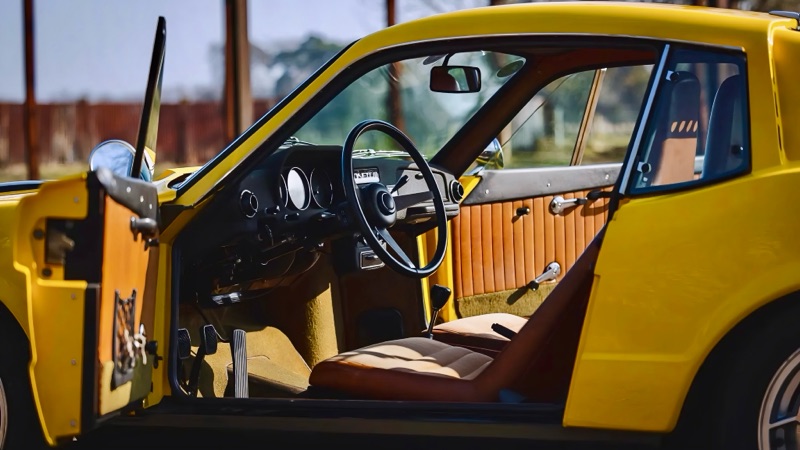
Performance & Driving Experience
Let’s be honest—the 1974 Saab Sonett III was never a speed demon. But what it lacked in raw power, it made up for with agility, character, and driving enjoyment. With its light curb weight and tight chassis, the Sonett handled corners with surprising poise.
Notably, the car retained Saab’s emphasis on safety, offering features like crumple zones, a roll bar, and a collapsible steering column.
Rarity and Collectibility
Only 2,400 Saab Sonett IIIs were built in 1974, making this model year relatively rare. Enthusiasts appreciate the 1974 model for its updated safety features and smoothed-out design compared to earlier years.
Today, a well-maintained example can fetch between $8,000 and $15,000, depending on condition and originality. Prices are slowly rising as more collectors seek unique, affordable classics.
Pros and Cons of the 1974 Saab Sonett III
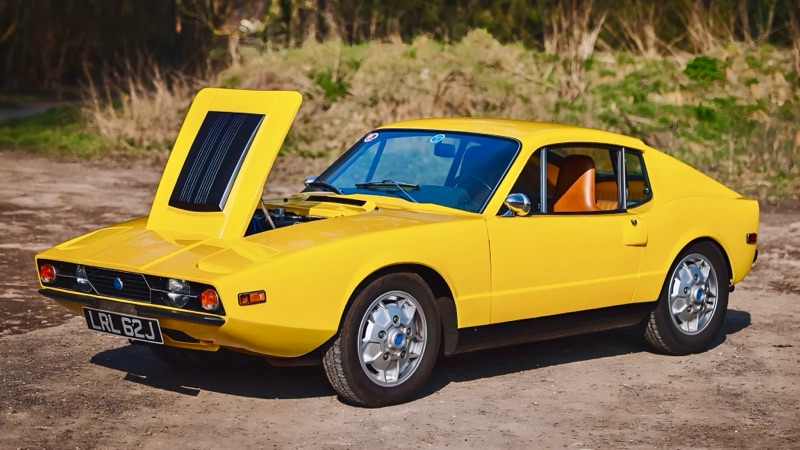
✅ Pros:
- Unique styling and fiberglass body
- Lightweight and fun to drive
- Affordable entry into classic car ownership
- Easy to work on with available parts (thanks to Ford V4 engine)
❌ Cons:
- Low power output
- Limited interior space
- Hard to find parts specific to Sonett (body, trim)
- Styling isn’t for everyone
Final Thoughts
The 1974 Saab Sonett III is a fascinating slice of automotive history. It represents a time when Saab dared to be different—not just with turbocharged sedans or safety innovations, but with a genuine sports coupe aimed at the U.S. market.
For collectors and enthusiasts who appreciate underappreciated classics, the Sonett III offers charm, rarity, and a distinctly Swedish flavor that stands apart from the crowd.
Comments
Post a Comment